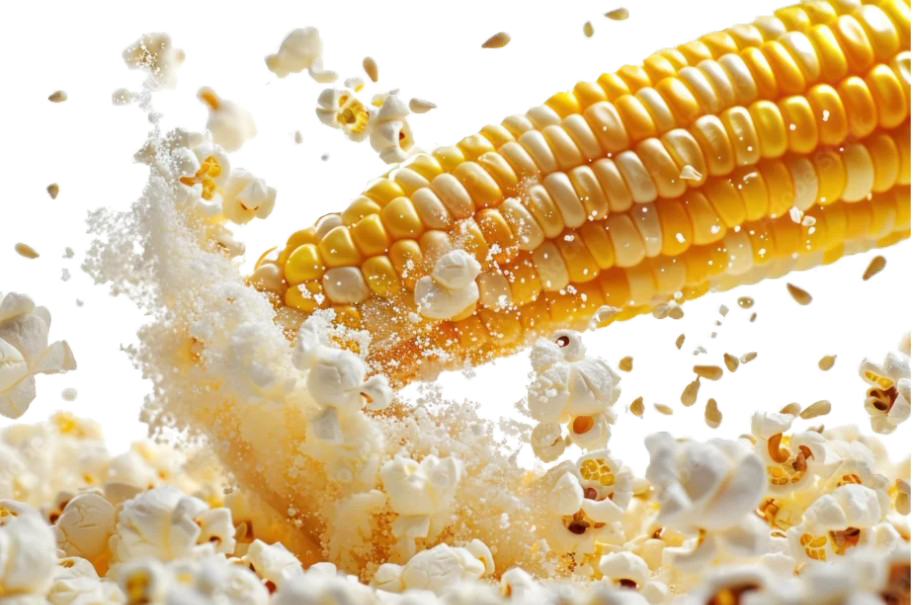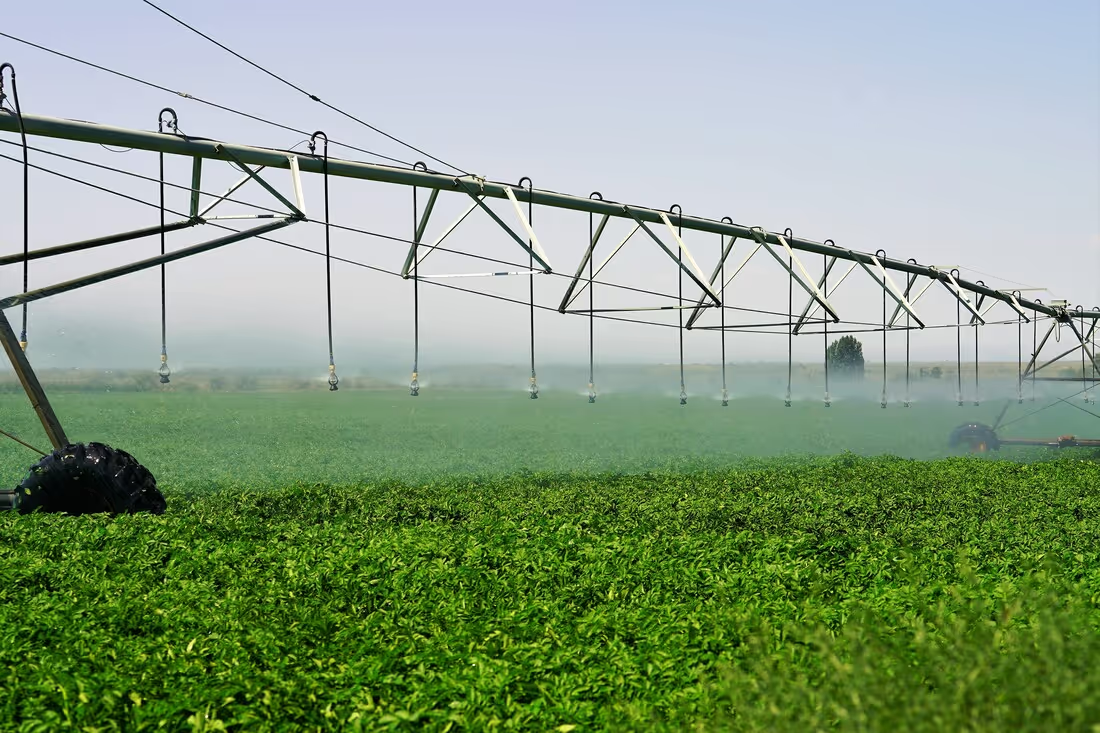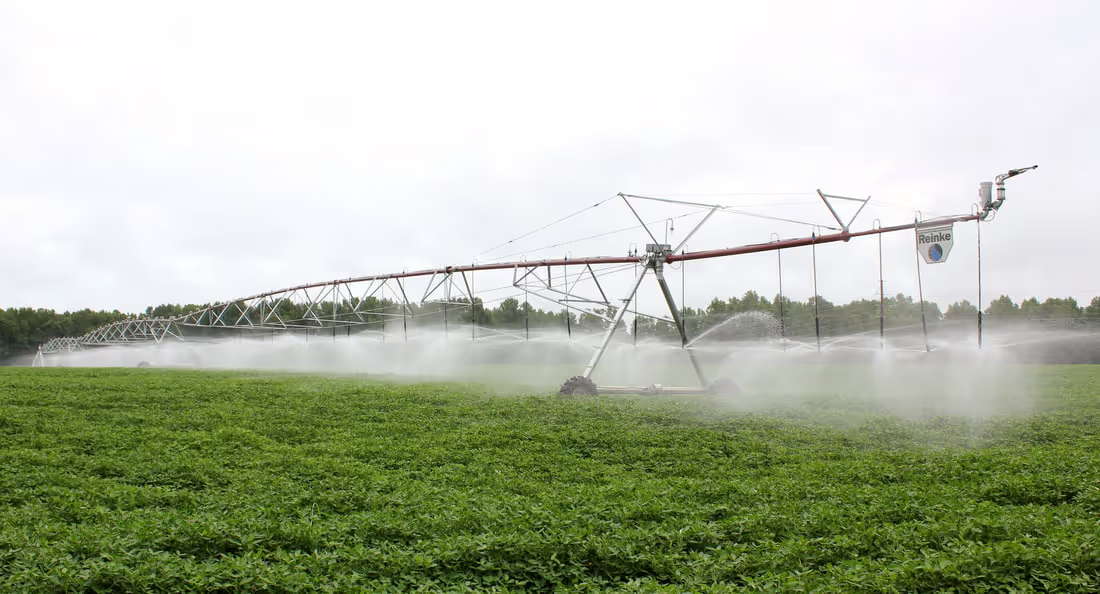POPCORN: A BELOVED AMERICAN SPECIALTY CROP
Popcorn holds a special place in American culture, from movie theaters to backyard gatherings, representing far more than just a snack. This distinctive crop has become deeply woven into the fabric of American life while simultaneously serving as an important specialty crop for growers across the Midwest. Behind every bowl of perfectly popped kernels, lies a story of agricultural innovation, and the important role of modern irrigation technology. As both a cultural icon and an economically valuable crop, popcorn demonstrates how traditional agriculture and advanced farming practices come together. This article explores popcorn's unique characteristics as a specialty crop and the essential role of center pivot irrigation in its production.
Popcorn as a Specialty Crop
Popcorn stands apart from other corn varieties due to its unique botanical characteristics and specialized production requirements. Unlike the field corn used for animal feed or the sweet corn enjoyed fresh on the cob, popcorn belongs to a distinct variety known as Zeamays everta. This special type features a hard, moisture-resistant hull surrounding a starchy interior that creates the perfect conditions for popping. When heated, the moisture inside each kernel turns to steam, building pressure until the hull suddenly ruptures, and the kernel explodes into the fluffy treat we all recognize.
The popcorn industry distinguishes between two main popping styles, each serving different market needs. Butterfly popcorn, with its irregular, wing-like shape, is the preferred choice for at-home snacking and movie theaters because its light, airy texture provides an enjoyable eating experience. Mushroom popcorn, which pops into a more compact, rounded shape, is favored by confectionery producers who coat popcorn with caramel, chocolate, or other flavored coatings. The mushroom variety’s sturdy structure holds up better during the coating process and handling. Importantly, commercial popcorn production maintains traditional quality standards through non-GMO cultivation, meeting consumer preferences for natural products.
The United States dominates global popcorn production, with nearly all of the world's supply grown domestically across 25 states. Nebraska leads this production, accounting for approximately 44% of the nation's popcorn supply. Nebraska growers produce an impressive 353.7 million pounds annually across about 67,000 acres spread throughout 30 counties in the state (Arens, 2023).This dominance stems largely from the state's extensive irrigation infrastructure, which provides the consistent water supply essential for quality popcorn production. Indiana follows as a strong second producer, bringing its own rich heritage in popcorn cultivation. Other significant producing states include Illinois, Ohio, and Missouri, which together contribute substantially to national output.
For growers, popcorn represents an attractive specialty crop opportunity that offers premium returns compared to conventional field corn. Most producers are veterans at growing popcorn and often cultivate other specialty crops as well, bringing valuable experience to their operations (Arens, 2023). The combination of favorable growing conditions, experienced producers, and established market relationships makes popcorn production a valuable component of diversified farming operations across the Midwest. Nebraska's long agricultural history and the widespread use of advanced planting techniques throughout the state, create ideal conditions that support consistently high-quality popcorn production (Daniel, 2025).
The Importance of Center Pivot Irrigation for Popcorn Production
Water management stands as perhaps the most important factor determining success in popcorn production. Nebraska's position as the nation's leading producer directly reflects its abundant irrigation infrastructure. While other states may occasionally plant more popcorn acres, Nebraska remains the top producer specifically because of irrigation (Arens, 2023). Irrigation makes it possible for Nebraska growers to provide the consistent moisture supply throughout its growing season, regardless of natural rainfall patterns.
Popcorn's water needs prove particularly demanding during key growth stages. The crop requires careful moisture management during tasseling and silking, which are the critical phases when kernels develop. Insufficient water during these sensitive periods can significantly reduce yields and compromise the popping quality that determines market value. With dependable irrigation throughout the season, growers are able to achieve consistent, high-quality yields and meet the expectations of the processors and consumers. Proper water management not only influences kernel development, but also the expansion ratio and texture of the popcorn.
Center pivot irrigation has significantly increased irrigation water use efficiency while reducing labor costs, allowing farmers to manage their operations more effectively (Stone, 2024). The systems apply water uniformly across fields, ensuring consistent crop quality throughout the entire production area. This uniformity proves especially important for popcorn, where consistency in kernel size, moisture content, and popping characteristics affects overall crop value.
The integration of technology with center pivot irrigation systems, continues to advance Nebraska and Indiana's agricultural competitiveness in specialty crop production. Center pivot irrigation systems have allowed agricultural development on marginal land, with varying soil types and topography that would be difficult to irrigate with other methods. The impact of this technology shows dramatically in Nebraska's agricultural expansion, with irrigated acres increasing from 3,998,000 acres in 1960 to 9,378,462 acres in 2022 (Stone, 2024).
Conclusion
Popcorn represents a uniquely American agricultural success story, combining substantial economic value for producers with the production expertise, making he United States the world leader in popcorn cultivation. The specialty crop's success depends heavily on modern farming practices, particularly center pivot irrigation and technology. It enables growers to provide the consistent water management essential for quality production. The future of popcorn looks promising as Nebraska and other Midwest states are paving the way with cutting-edge irrigation methods and sustainable farming practices. The popcorn industry supports rural communities and provides quality products to consumers nationwide.
References
Arens, C. (2023, January 27). Pop(corn) culture alive with Nebraska growers. Farm Progress. https://www.farmprogress.com/crops/pop-corn-culture-alive-with-nebraska-growers
Daniel, S. (2025, July 28). A popcorn giant in small-town Nebraska: How one family grew an international seed behemoth. York News-Times. https://yorknewstimes.com/news/state-regional/business/article_56b830bf-07c1-5221-bd92-abc0d61a20c1.html
Stone, G. (2024, July 25). Center pivots: Innovation that grew crops and acres in Nebraska. Crop Watch, University of Nebraska-Lincoln Extension. https://cropwatch.unl.edu/2024/center-pivots-innovation-grew-crops-and-acres-nebraska/
.avif)
.avif)

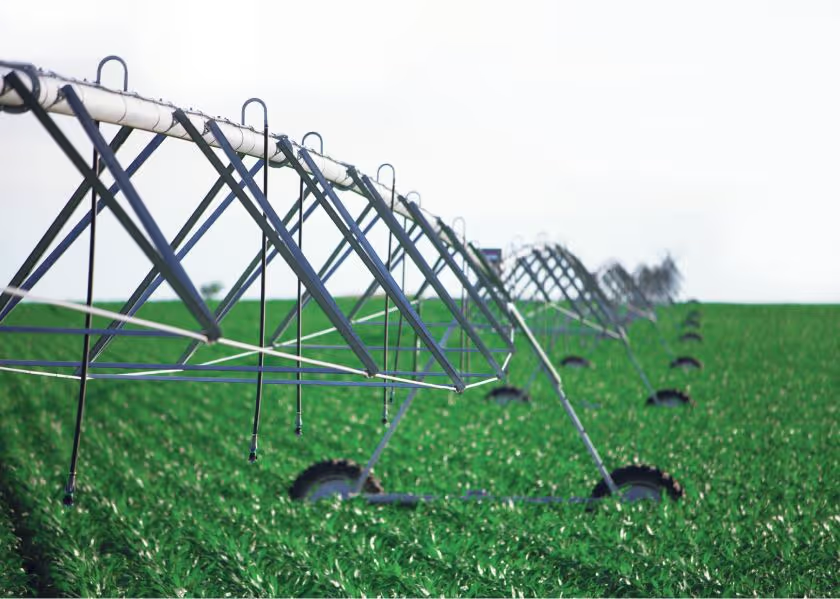
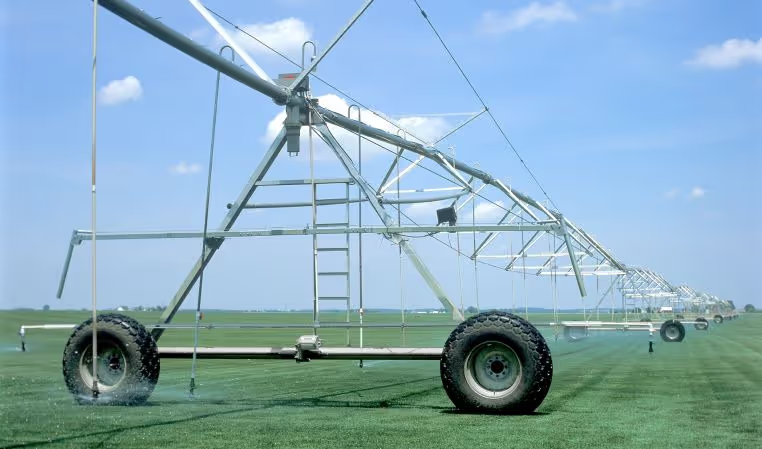
.avif)
.avif)
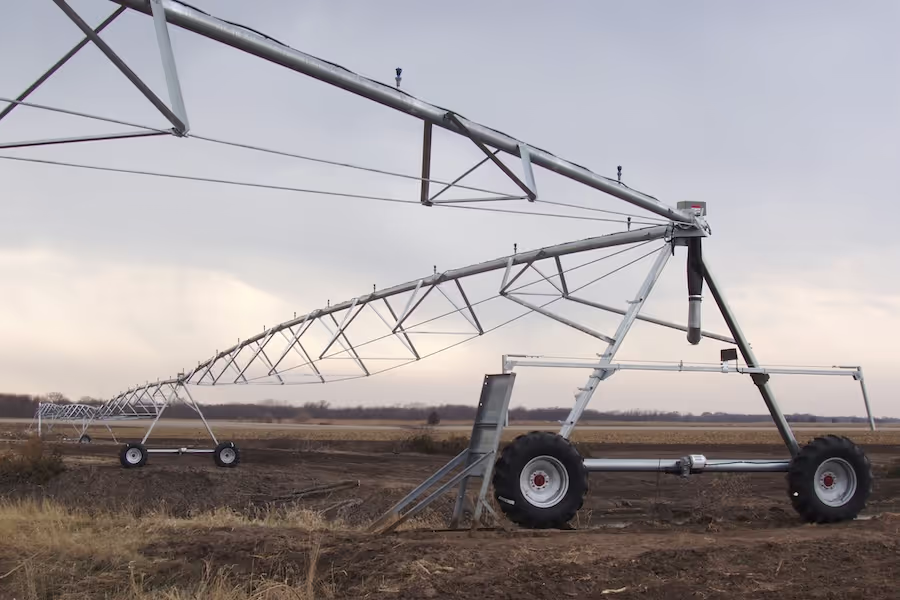


.avif)
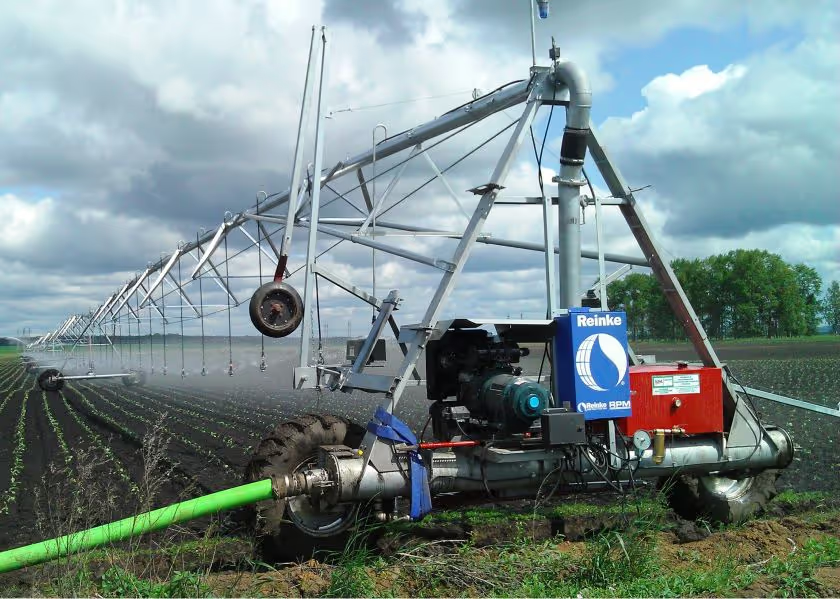
.avif)
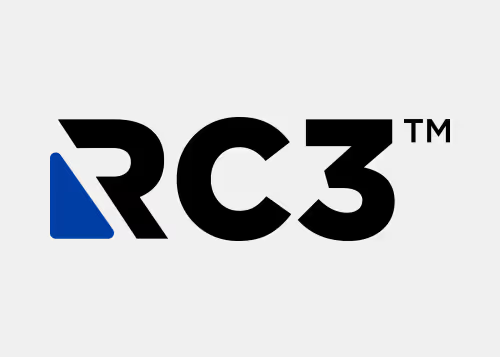
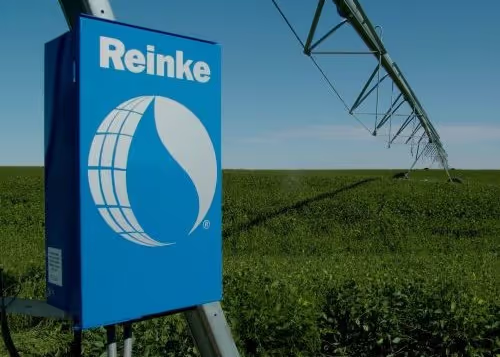
.avif)
.avif)


